Hey everyone!
Hey everyone! Today we’ll dive deep into the End Mill.
CNC milling is a versatile machining process known for precision and complex parts. It involves different techniques/operations and can accommodate diverse tooling; end milling is one of them. In fact, this is the second most popular machining technique after CNC turning.
Different tooling options, high material removal rate, precise finish, and some other factors make this process widely used across industries.
This article will elaborate on what is end milling, compatible cutters, applications, benefits, potential challenges, and machining considerations.
What is End Milling?
End milling mechanism and cutters
Like every other subtractive manufacturing process, end milling involves the use of rotating cutters with multiple edges to remove material until desired shapes and features are formed. It crafts complex and intricate features on metals, alloys, plastics, composites, and other engineering materials.
What makes end mills different from other tools is the helical design of cutting edges. The cylindrical-shaped shank contains tooths on both ends and sides, so they cut the workpieces from multiple directions.
Moreover, a variety of CNC end mills(square, ball nose, corner radius, etc.) allow you to work with multi-feature 3D shapes. With the right cutters, you can make complex contours, deep holes, pockets, slots, flat profiles, recesses, etc.
Anatomy and Terminologies
Before moving into further discussion, let’s look at its anatomy and key terminologies;
CNC end mill anatomy
Shank: The cylindrical part of the mill that is clamped into the machine’s spindle or tool holder.
Neck: The reduced diameter section between the shank and the cutting portion for deeper reach and clearance.
Flute: The helical grooves along the end mill’s body, which form cutting-edge during machining.
Cutting Diameter: Diameter at the widest point of the edges.
Cutter Sweep: The arc or path formed by the cutting edge during rotation.
Cutting Length: The axial length over which the cutting tooth’s edges engage in material removal during milling.
Helix Angle: The angle between the end mill’s helical flute and its centerline.
How End Mills Work?
Schematic diagram of end milling proces
A specialized end mill machine or regular CNC machine accommodates suitable end mill tools in its spindle (or other rotating components). Then, it controls the movement precisely across the workpiece in a pre-determined tool path.
The size of the cut, depth, speed, cycle time, and all other variables depend on CNC inputs and geometry & end mill sizes.
The detailed steps for How the end mill works?
Part Design and Programming
A detailed design of the part to be end-milled is created first, outlining all features, dimensions, and machining directions. While creating the design, it is essential to consider the capabilities of end mill cutters; what kind of shapes they can machine?
Machine Setup
The end milling cutter is secured in the spindle’s collet or tool holder, whereas the vice, clamps, or fixture hold the workpiece. Consequently, the position of the workpieces is parallel to the table or the spindle axis. The value of the input parameter depends on the work material and tool coating. The operator sets the reference point (work offset) after setting tool and work.
Milling Process
Once the program is run, the spindle rotates the end mill tool, and then the cutting edges interact with the material and form the chips via shearing. Edges at the end perform axial cutting and side edges perform radial cutting, whereas helical flute design facilitates easy chip removal.
The entering angle and cutting path depend on the CNC program. The same program codes dictate the spindle to move the cuter across the axes( X, Y, Z).
WEIX has rich experience in supplying industrial-quality router bits for furniture factories, woodworking tool distributors, and manufacturing and metalworking industries companies across the world. If you’re looking to purchase quality end mills at affordable prices, or have questions about where to begin, please feel free to contact us. We’d be happy to take your call and discuss specifics with you.
+86-18306105100|info@weixtool.com

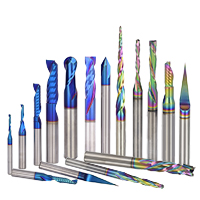


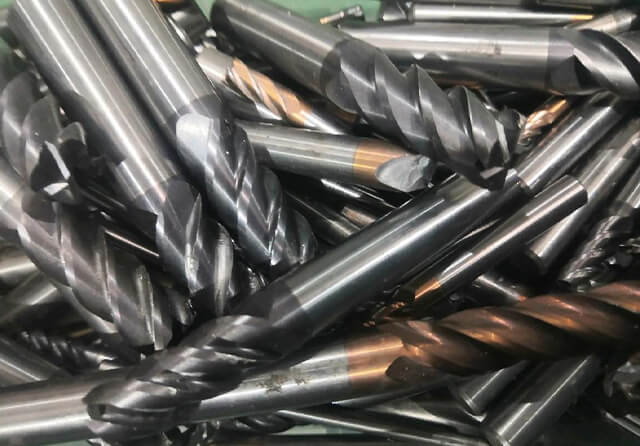
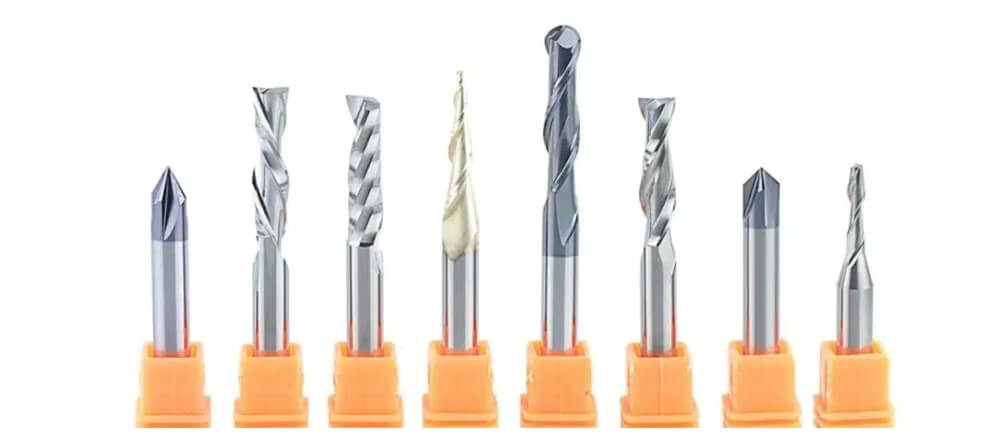
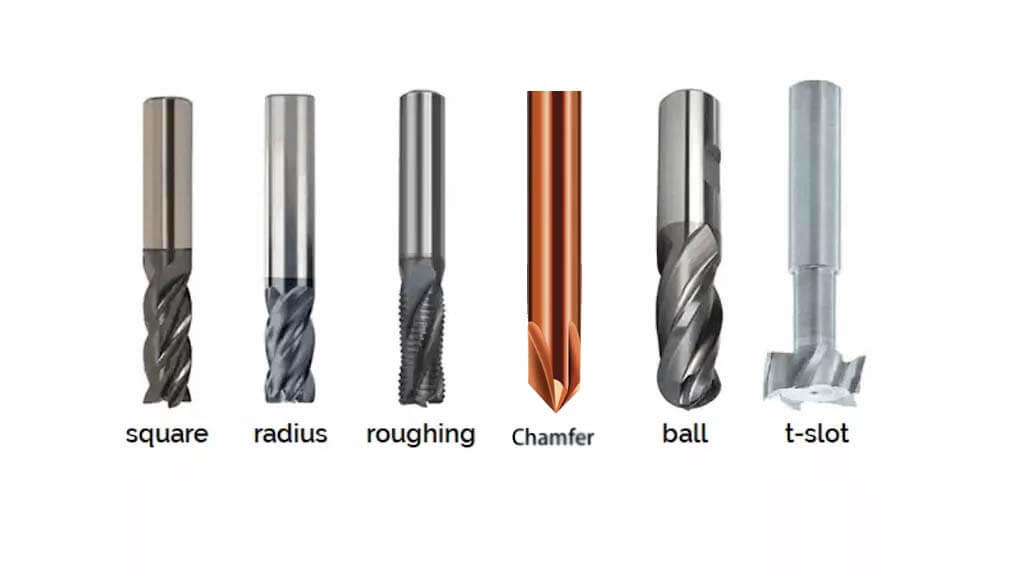
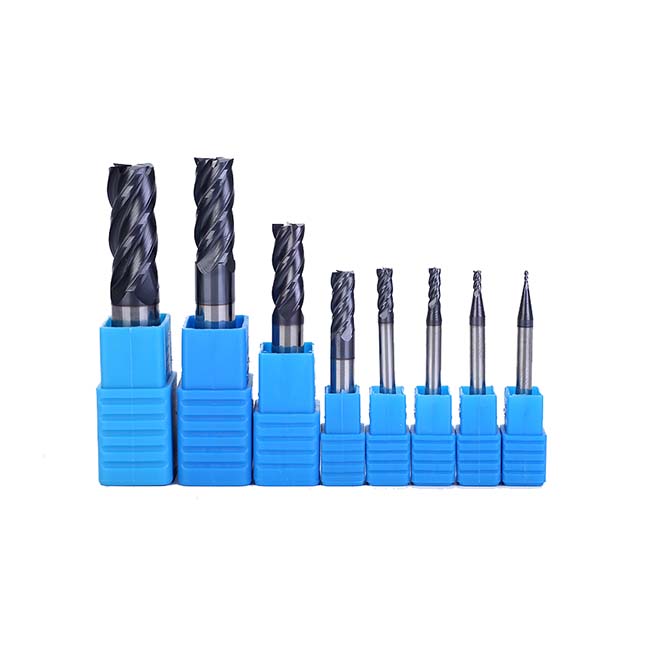
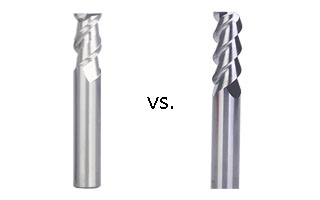
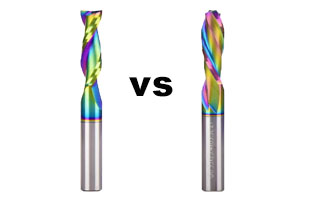
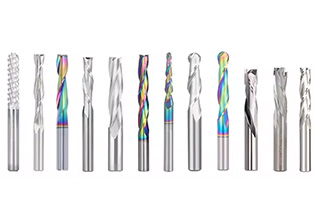
Leave A Comment
You must be logged in to post a comment.